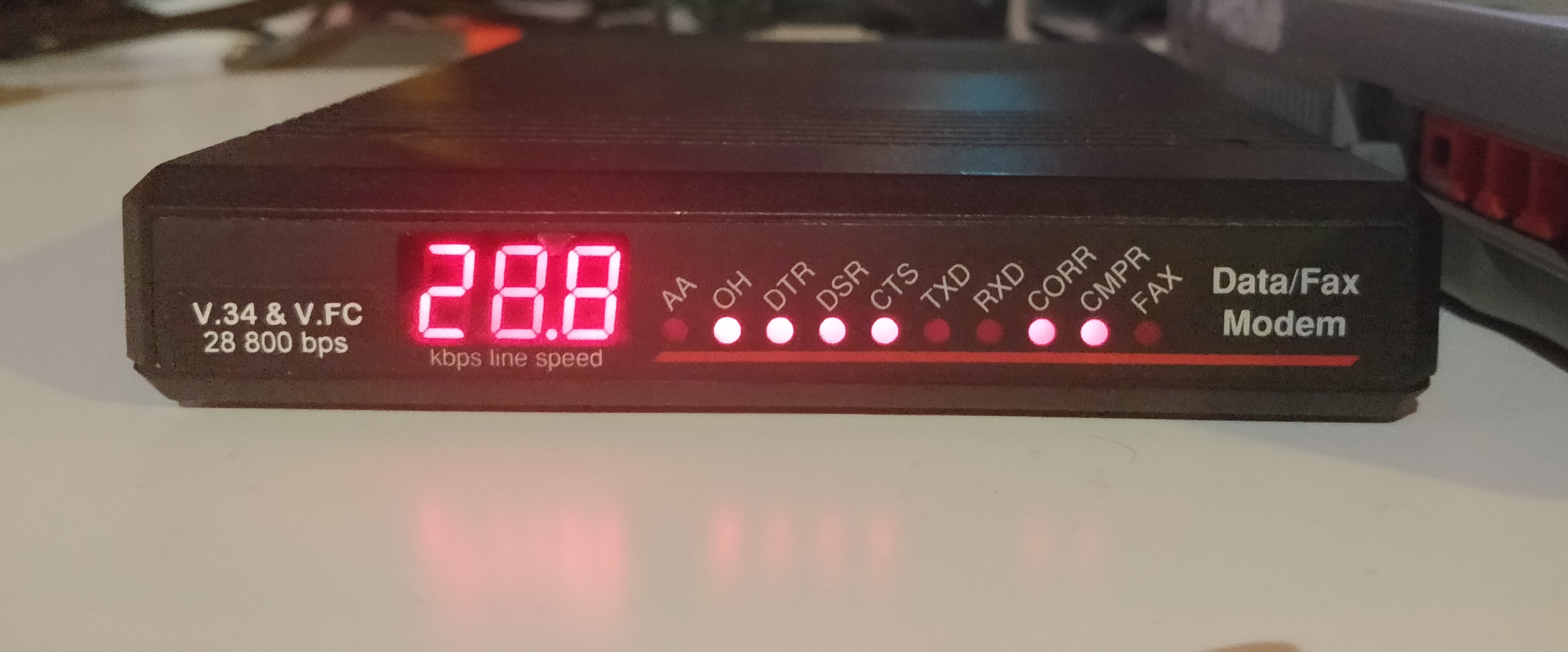|
IPv4 Address Exhaustion
IPv4 address exhaustion is the depletion of the pool of unallocated IPv4 addresses. Because the original Internet architecture had fewer than 4.3 billion addresses available, depletion has been anticipated since the late 1980s, when the Internet started experiencing dramatic growth. This depletion is one of the reasons for the development and deployment of its successor protocol, IPv6. IPv4 and IPv6 coexist on the Internet. The IP address space is managed globally by the Internet Assigned Numbers Authority (IANA), and by five regional Internet registries (RIRs) responsible in their designated territories for assignment to end users and local Internet registries, such as Internet service providers. The main market forces that accelerated IPv4 address depletion included the rapidly growing number of Internet users, always-on devices, and mobile devices. The anticipated shortage has been the driving factor in creating and adopting several new technologies, including network a ... [...More Info...] [...Related Items...] OR: [Wikipedia] [Google] [Baidu] |
IPv4 Exhaustion Time Line-en
Internet Protocol version 4 (IPv4) is the fourth version of the Internet Protocol (IP). It is one of the core protocols of standards-based internetworking methods in the Internet and other packet-switched networks. IPv4 was the first version deployed for production on SATNET in 1982 and on the ARPANET in January 1983. It is still used to route most Internet traffic today, even with the ongoing deployment of IPv6, Internet Protocol version 6 (IPv6), its successor. IPv4 uses a 32-bit address space which provides 4,294,967,296 (232) unique addresses, but large blocks are reserved for special networking purposes. History Internet Protocol version 4 is described in IETF publication RFC 791 (September 1981), replacing an earlier definition of January 1980 (RFC 760). In March 1982, the US Department of Defense decided on the Internet Protocol Suite (TCP/IP) as the standard for all military computer networking. Purpose The Internet Protocol is the protocol that defines and enables int ... [...More Info...] [...Related Items...] OR: [Wikipedia] [Google] [Baidu] |
LACNIC
LACNIC (Latin America and Caribbean Network Information Centre; , ) is the regional Internet registry for the Latin American and Caribbean regions. LACNIC provides number resource allocation and registration services that support the global operation of the Internet. It is a not-for-profit, membership-based organisation whose members include Internet Service Providers, and similar organisations. Functions LACNIC's main functions are: * Allocating IPv4 and IPv6 address space, and Autonomous System Numbers * Maintaining the public Whois Database for the Latin American and Caribbean region * Reverse DNS delegations * Representing the interests of the Latin American and Caribbean Internet community on the global stage Formation Since 1993, academic organizations in Latin America like ENRED – Foro de Redes de América Latina y el Caribe, discussed the need of a register for Latin America, independent from the influence of the United States. In 1998 during an ENRED meeting in Pa ... [...More Info...] [...Related Items...] OR: [Wikipedia] [Google] [Baidu] |
Broadband
In telecommunications, broadband is wide bandwidth data transmission which transports multiple signals at a wide range of frequencies and Internet traffic types, that enables messages to be sent simultaneously, used in fast internet connections. The medium can be coaxial cable, optical fiber, wireless Internet (radio), twisted pair or satellite. In the context of Internet access, broadband is used to mean any high-speed Internet access that is always on and faster than dial-up access over traditional analog or ISDN PSTN services. Overview Different criteria for "broad" have been applied in different contexts and at different times. Its origin is in physics, acoustics, and radio systems engineering, where it had been used with a meaning similar to " wideband", or in the context of audio noise reduction systems, where it indicated a single-band rather than a multiple-audio-band system design of the compander. Later, with the advent of digital telecommunications, the term was ... [...More Info...] [...Related Items...] OR: [Wikipedia] [Google] [Baidu] |
Dial-up Internet Access
Dial-up Internet access is a form of Internet access that uses the facilities of the public switched telephone network (PSTN) to establish a connection to an Internet service provider (ISP) by dialing a telephone number on a conventional telephone line. Dial-up connections use modems to decode audio signals into data to send to a router or computer, and to encode signals from the latter two devices to send to another modem. History In 1979, Tom Truscott and Jim Ellis, graduates of Duke University, created an early predecessor to dial-up Internet access called the USENET. The USENET was a UNIX based system that used a dial-up connection to transfer data through telephone modems. Dial-up Internet has been around since the 1980s via public providers such as NSFNET-linked universities. The BBC established Internet access via Brunel University in the United Kingdom in 1989. Dial-up was first offered commercially in 1992 by Pipex in the United Kingdom and Sprint in the Uni ... [...More Info...] [...Related Items...] OR: [Wikipedia] [Google] [Baidu] |
Internet Service Provider
An Internet service provider (ISP) is an organization that provides services for accessing, using, or participating in the Internet. ISPs can be organized in various forms, such as commercial, community-owned, non-profit, or otherwise privately owned. Internet services typically provided by ISPs can include Internet access, Transit (Internet), Internet transit, domain name registration, Web hosting service, web hosting, Usenet service, and colocation centre, colocation. An ISP typically serves as the access point or the Default gateway, gateway that provides a user access to everything available on the Internet. Such a network can also be called as an eyeball network. History The Internet (originally ARPAnet) was developed as a network between government research laboratories and participating departments of universities. Other companies and organizations joined by direct connection to the Internet backbone, backbone, or by arrangements through other connected companies, so ... [...More Info...] [...Related Items...] OR: [Wikipedia] [Google] [Baidu] |
